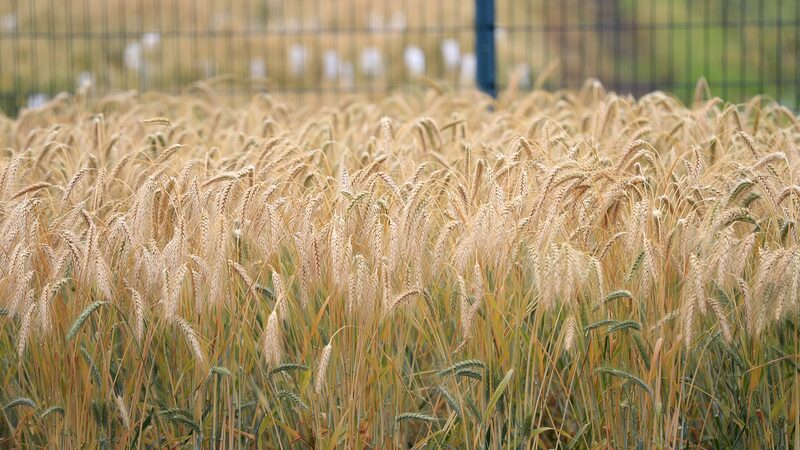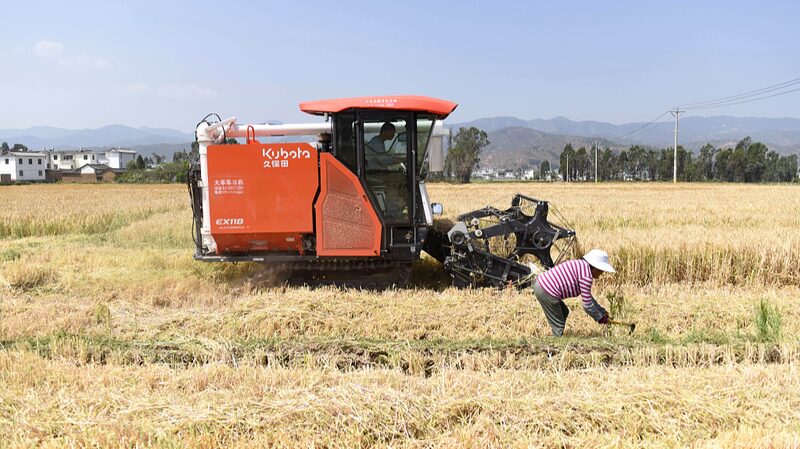Chinese scientists have pioneered a gene-editing technique aimed at reducing corn plant height, paving the way for compact, high-density varieties that resist lodging. This advancement, detailed in the Plant Biotechnology Journal, holds significant promise for enhancing global food security.
Corn stands as the world's most-produced cereal crop, vital to feeding the global population. One effective strategy to increase yields is by upping planting density. However, progress in cultivating shorter and more robust plants has been hindered by limited genetic resources.
The breakthrough research was conducted by the Biotechnology Research Institute of the Chinese Academy of Agricultural Sciences (CAAS), in collaboration with Anhui Agricultural University and South China Agricultural University. The team focused on modifying the Br2 gene through targeted gene editing. By designing a knockout vector for the Br2 gene, they successfully identified seven transgenic lines exhibiting distinct mutations in various corn inbred varieties.
Further hybridization experiments revealed that all 28 hybrid offspring derived from crosses with elite inbred lines produced dwarf progeny. To expedite the breeding process, the researchers developed a haploid inducer-mediated genome editing system. This system facilitates the conversion of edited haploid plants into stable double-haploid lines within two generations. Utilizing this method, three elite inbred lines demonstrated significant reductions in plant height, enhancing their suitability for dense planting and improved lodging resistance.
\"This method allows rapid and precise modification of plant height across different genetic backgrounds,\" said Wang Baobao, corresponding author of the study and a researcher at CAAS. \"It provides critical technical support for breeding corn varieties optimized for dense planting and enhanced lodging resistance.\"
Reference(s):
China develops gene-editing method to reduce corn plant height
cgtn.com








